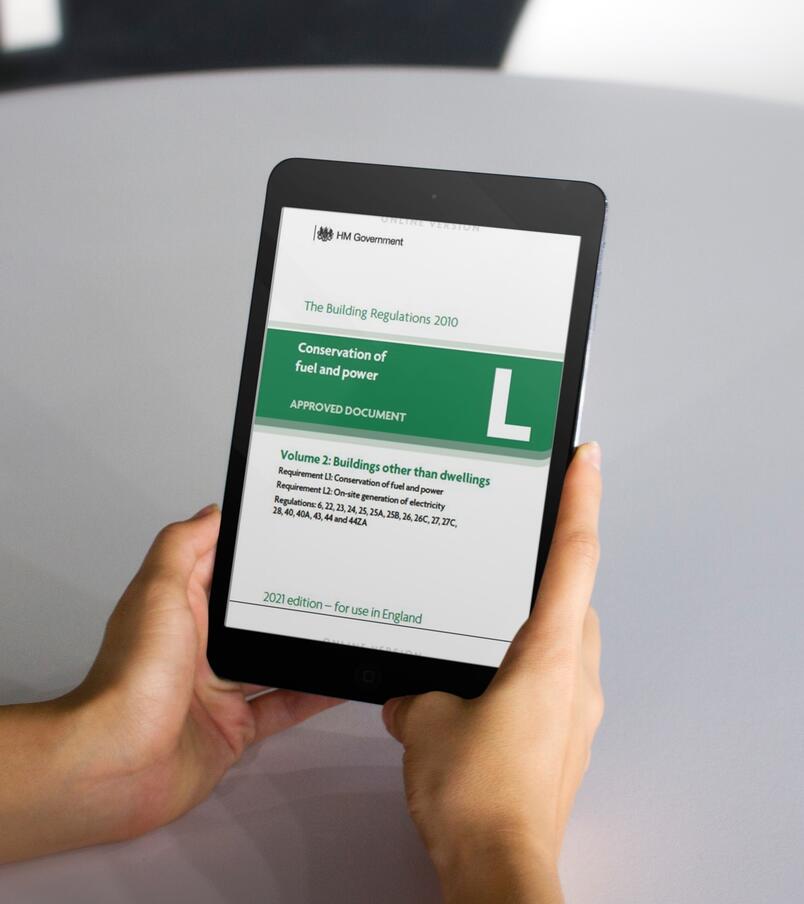Environmental Product Declarations (EPDs) are an important validation tool, both for manufacturers to provide transparent data about the environmental impact of their products, and for specifiers and contractors to make informed choices when considering the objectives of their project or improving the building certification rating of the asset.

Generally speaking, there are two main types of EPDs to be aware of. The first provide average data for a general product category, with information taken from a group of different manufacturers. The second are product specific EPDs, which, as the name suggests, are individual to a particular manufacturer’s product.
Each of these EPD’s could be ‘internally reviewed’ or ‘externally verified’. To contribute to points and increase the rating within building certification schemes such as BREEAM, EPDs should be externally verified to the standards EN 15804. This means that an independent, qualified party reviews the EPD and confirms its validity which is then certified as externally verified. Some environmental declarations are produced that don’t undertake that 3rd party verification.
Tata Steel are unique, as a manufacturer, in operating an EPD programme in accordance with ISO standards. Tata Steel’s EPDs are of the type that help accrue a greater number of building certification points as they are 3rd party externally verified (Type III) EPD’s and are product specific. See the table below for a summary of EPD points under BREEAM..
| Example Scheme | EPD Type | Requirement | Points available |
|---|---|---|---|
| BREEAM | More than one product (from one product group) and more than one manufacturer |
ISO 14025 Operator issued EPD’s |
0.5 |
| More than one product (from one product group) and one manufacturer |
EPD generated with product category rules based on EN 15805 or ISO 21930 |
0.75 | |
| Single product and single manufacturer (potentially manufactured in more than one location) |
EPD generated with product category rules based on EN 15805 or ISO 21930 |
1.5 | |
| LEED | Publicly available, critically reviewed LCA | ISO 14044 at least cradle to gate |
Valued as 1 whole product |
| Product Specific Type III internally reviewed | ISO 14071, 14025 and EN 15804 or ISO 21930 | Valued as 1 whole product | |
| Industry wide Type III (manufacturer named) | ISO 14025, 14040, 14044 | Valued as 1 whole product | |
| Product Specific Type III & externally verified | ISO 14025 and EN 15804 or ISO 21930 | Valued as 1.5 whole products |
Attaining such building certification can lead to positive results for both the building developer and owner, with BREEAM and LEED-rated buildings often having an increased market and rental value, in addition to the building’s operating and maintenance expenditure being potentially lower, helping to reduce the overall ownership costs. Specifying sustainable building products with a product specific EPD can contribute increased credits towards achieving such certification when compared with an average EPD for a product category.
What else should our customers be thinking about when considering EPD’s ?
EPD’s are important to understand the environmental impacts of a product or system throughout its life cycle however they cannot be considered on their own. They should be part of a holistic approach to building design to minimise the impact of the asset or building in all phases of the lifecycle. Other factors which will contribute to improved outcomes include a focus on ‘in use’ application. For example the integration and use of renewables and a focus on products which deliver air tight solutions with requisite levels of insulation can all be important factors at the design stage. The detailing including lighting and reflective surfaces all need to be considered in balance with the needs/purpose of the space. It is no coincidence that such considerations are typically rewarded under building certification schemes and, in addition to our EPD offering, Tata Steel are also able to offer products, services and advice in this regard.
In order to make the right resource decisions we need to consider not only the manufacture of the product but the whole life cycle. Only by taking this life cycle approach can the optimum resource decisions be made. Steel is a very sustainable product when the complete Life cycle is considered as steel is durable and long lasting and, at the end of its life, could be reused and is almost always recycled.
There is no denying that reducing the effect the construction industry has on our environment is a huge challenge. However, making conscious decisions about our buildings and the products used in their construction will go a long way towards achieving this goal











































































































































































